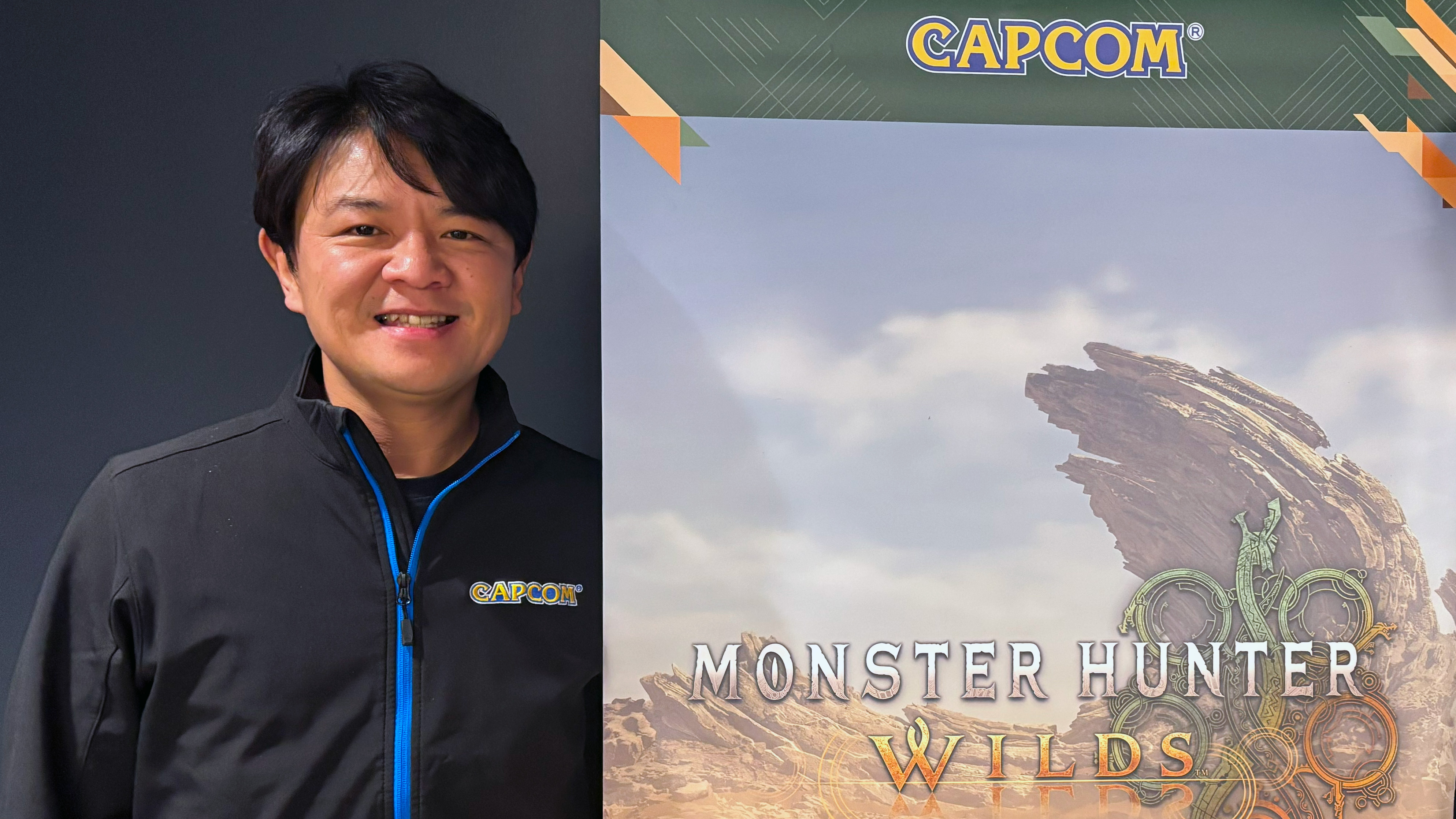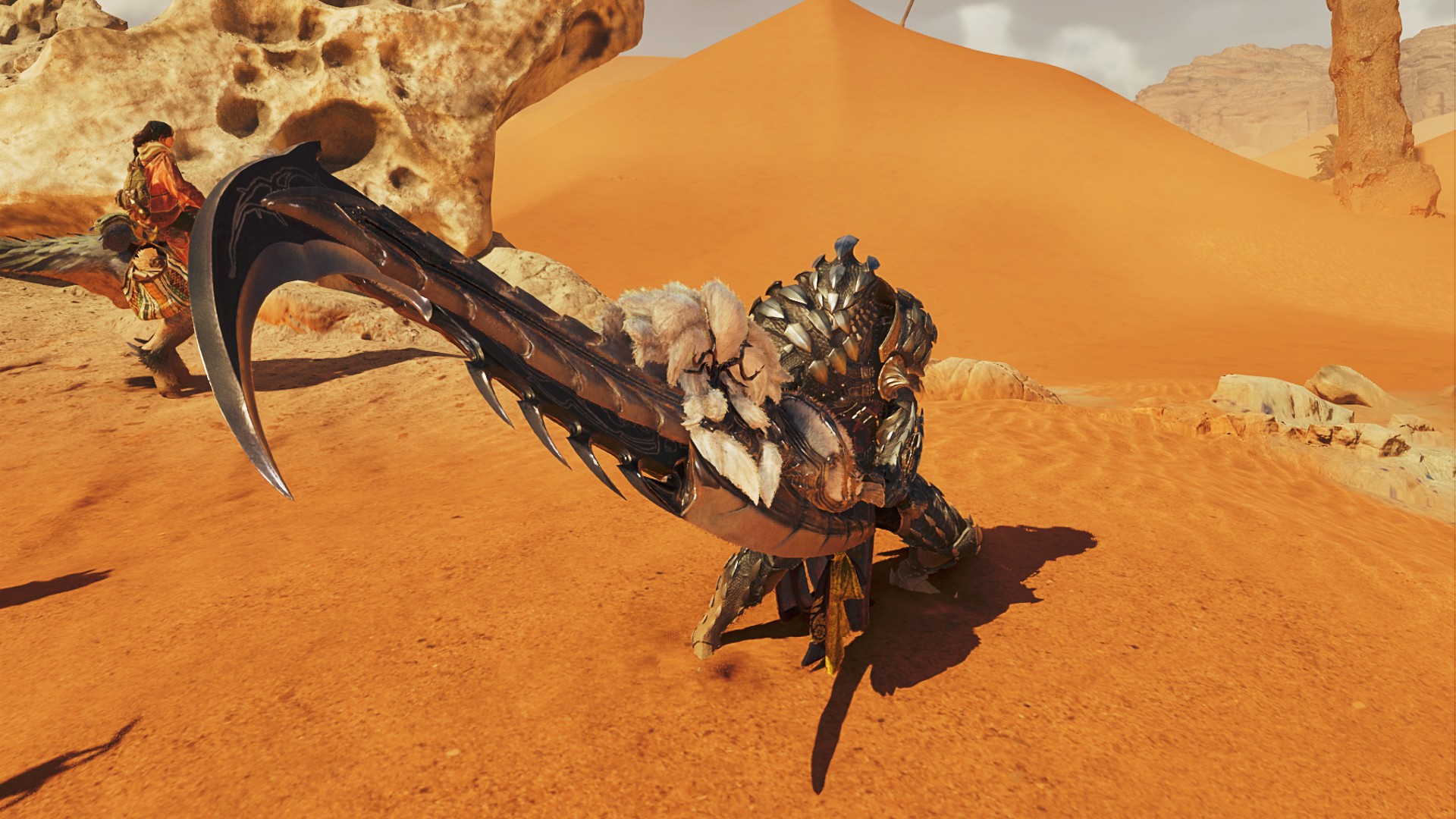
How Dragon Age: The Veilguard Used Lessons From The Sims to Craft Its Character Creator and More
Corinne Busche wasn’t looking for a job when she sat down for lunch with BioWare’s leadership team in 2019. She had been a fan of BioWare’s games since the days of Dragon Age: Origins, and she wanted to, in her words, “meet my heroes.”
“So I went to lunch with a couple of folks in the leadership team at BioWare, and we started riffing about progression systems and skill trees and economies, and we just really resonated with one another,” Busche remembers. “And much to my surprise, they expressed an interest in me joining, and it was kind of the question you don’t have to ask me twice. That was such a dream opportunity, and to be able to step in this space, visit the studio, see my favorite characters on display throughout the walls, I was immediately sold. Immediately.”
Busche was coming off a stint at Maxis, where she helped design the systems on various The Sims projects. In taking the helm of Dragon Age: The Veilguard, she became part of a wider talent pipeline flowing from Maxis to other parts of the games industry. It’s a pipeline that includes the likes of Eric Holmberg-Weidler, who was credited with fine-tuning many of the systems that comprised The Sims 4 before spearheading the Professions revamp in World of Warcraft’s Dragonflight expansion. Justin Camden, who also worked on The Sims, is one of Dragon Age: The Veilguard’s technical designers.
Systematic discovery
At first blush, it might not seem like The Sims has much in common with an RPG like Dragon Age outside the fact that they both feature romance in some way. Going back to its release in 2000, The Sims has garnered a reputation as a casual, frequently silly lifestyle simulator; the game where you remove a ladder from a swimming pool and watch your poor little Sims drown. Under the hood, though, The Sims is a complex web of systems, progression and relationships. Sims have jobs. They gain skills. They fall in love.
“Maxis is a great place for designers to hone their skills,” Busche says. “There are many projects across differing platforms and service models happening simultaneously which give a rare opportunity for a breadth of experience. What people may not realize about the Sims, given its playful outward nature, is the underlying systems and mechanics are deceptively deep – especially as a dev. One of the more interesting parts of coming up through Maxis as a designer is the experience you get with simulation, emergent gameplay, and emotionally relatable player experiences. It’s just a really unique opportunity being a part of these teams, and those are skillsets that can benefit a number of different games and genres.”
…we find that RPG players are hungry for that same sense of autonomy, making decisions, influencing characters
Busche’s systems design background is evident throughout The Veilguard. It includes extensive skill trees, with sub-classes that are geared around different weapon types and styles of play, and the choices you make also resonate deeply throughout the story. It’s also possible to level up your relationship with individual factions and shopkeepers, which in turn opens up new possibilities for acquiring unique gear, and characters bear long-lasting scars depending on the choices you make. Systems are layered throughout Dragon Age, deepening the player’s intertwined connection with the world and the characters that inhabit it.
“What’s so wonderful about [The Sims] is there’s so much autonomy in that game, and we find that RPG players are hungry for that same sense of autonomy, making decisions, influencing characters. And what you might not realize in the Sims is behind the scenes, there are some really robust progression systems, game economies, character behaviors for their own AI and autonomy… a lot of really fascinating parallels,” Busche says. “So in that regard, I’m very grateful to my time there, being able to take some of those learnings, whether it’s about how to convey romantic progression to the player, or design skill progression, game pacing, a lot of really interesting transferable ideas that you might not think about on the surface.”
In The Sims, characters go through their daily lives in an idealized world filled with strange but charming characters like Bonehilda (Dragon Age, it should be mentioned, has its own living skeleton in Manfred). While Dragon Age’s characters are still bound by the demands of the story, BioWare goes out of its way to make them seem more alive. As we talk about in our hands-on preview that went up last week, Dragon Age is filled with little messages noting how, for instance, you “traded verbal jabs” with Solas. As we’ll go into in a future article, both platonic and romantic relationships are a big part of how characters grow in Dragon Age.
And of course, as anyone who has played a BioWare or Sims game knows, both games have their share of woohooing.
How Dragon Age learned from The Sims’ character creator
Ultimately, though, it’s the character creator where the resemblance between the two is the most apparent. Dragon Age’s character creator is extensive, allowing players to adjust physical characteristics including chest size, the crookedness of a character’s nose, and whether or not their eyes are bloodshot, among other features. While custom characters are a time-honored BioWare tradition going back to the days of Baldur’s Gate, The Veilguard draws from the lessons of The Sims in everything from body customization to the flow of the user interface.
Cross-pollination like this is common within EA, and Dragon Age: The Veilguard borrows from plenty of other sources as well. That incredible hair technology, for example, got its start within EA’s sports games, meaning your Rook can have a luscious mane like Lionel Messi. But the character creator is perhaps the greatest inflection point between Dragon Age and The Sims.
“Character creators are extremely complex, and in many ways even more personal. It’s so important that players feel they can be represented and feel pride in that representation as they go through the creation process,” Busche says. “In particular, I remember we were struggling with some of our iconography, and we turned to each other and said ‘how did The Sims 4 handle this?’ While the technology and UI is quite a bit different, the underlying goals and lessons were quite similar.”
She adds that Maxis has a “tremendous wealth of knowledge when it comes to representing gender, identity, and the surprising number of localization issues that come along with that when you’re releasing in different regions and languages.”
“It’s always nice when you can draw from that prior experience. See what worked, what didn’t, and how expectations have evolved. The fun part is now we get to pay that forward and have been sharing our knowledge with other teams,” Busche says.
Character creators are extremely complex, and in many ways even more personal
On a moment-to-moment basis, of course, The Sims and Dragon Age are two very different games with very different goals. One is a single-player action RPG, the other a lifestyle sim. As studios, too, BioWare and Maxis are in very different places right now. The Sims has been a powerhouse franchise for more than two decades, and EA is seeking to expand its reach with a new movie. BioWare, meanwhile, is seeking to rebuild after stumbling badly with Anthem and Mass Effect Andromeda.
But when creator Will Wright first decided to focus on the people inhabiting his games, the world he crafted wasn’t too dissimilar from the one found in Dragon Age. Both use unique systems to create reactive, imaginative worlds full of interesting choices, filled with characters with their own inner lives. It’s a philosophy that’s always been part of BioWare’s legacy; now, in The Veilguard, it finally gets to be on full display once again.
Dragon Age: The Veilguard will be on PC, PlayStation, and Xbox on October 31. Make sure to keep an eye on IGN all this month as our IGN First coverage continues.
Kat Bailey is IGN’s News Director as well as co-host of Nintendo Voice Chat. Have a tip? Send her a DM at @the_katbot.








